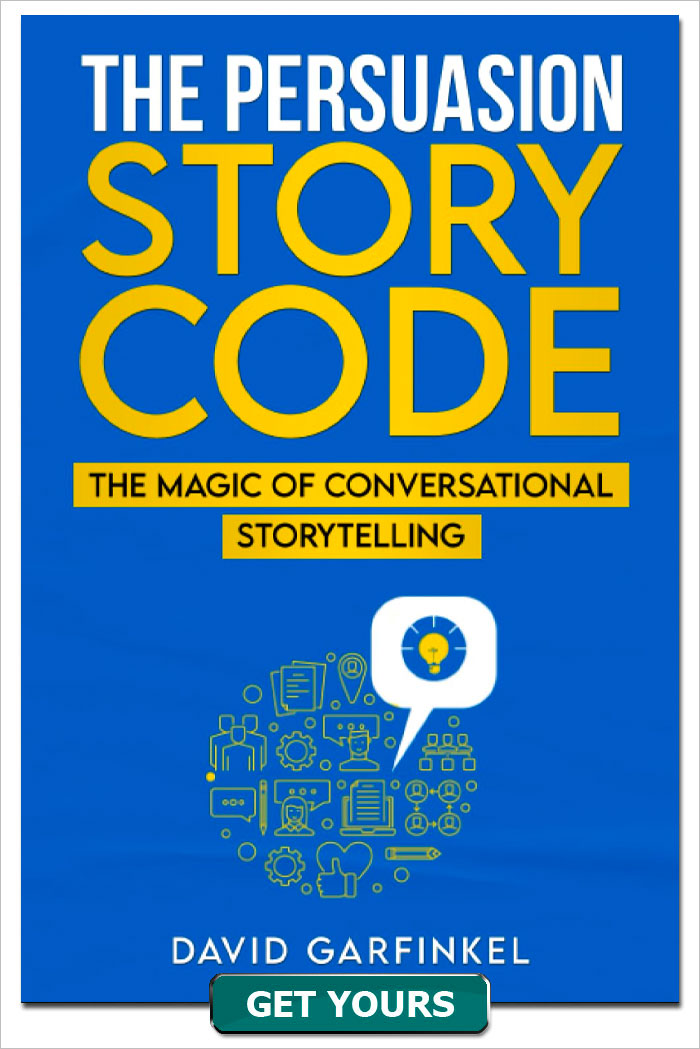Episode 043 - Finding Your Hook
Published by: David Garfinkel on 02-12-2018
Tweet
On June 23, 1965, a group out of Detroit called The Contours released a record which became a big hit. The tune was written by written by Smokey Robinson and Bobby Rogers, and it was called “First, I Look At The Purse.” Many other groups covered this song afterwards, including the Jay Geils Band.
It’s a very interesting song… but, when it comes to critiquing copy, I have my own version. Actually, I don’t have a whole song, just a title at this point. Maybe someday I’ll write the song and then release it first on this podcast, Nathan. We could even do it as a duet. But for now, just the title. It’s…
“First I Look For The Hook!”
In any piece of copy, your hook’s so important. We’ll get into what it is in a minute, and how you can find your best hook for any copy you’re writing. This will be a revelation to a lot of people.
But before we do, first an important announcement from your conscience:
Copy is powerful. You’re responsible for how you use what you hear on this podcast. Most of the time, common sense is all you need. But if you make extreme claims… and/or if you’re writing copy for offers in highly regulated industries like health, finance, and business opportunity… you may want to get a legal review after you write and before you start using your copy. My larger clients do this all the time.
What is a hook? How is it different than the headline?
1. My own story: Let your clients do your selling.
2. Ted Nicholas story: The only way left for the little guy to get rich.
3. Stuart Lichtman story: How to get lots of money for anything fast.
What do these all have in common? (besides money)
All came from paying attention
First two cases, just looking and listening
In the third case, research — digging, asking questions, seeing if you could look at it a different way
Here’s one that’s not about money — it’s about another one of life’s necessities, beer
Claude Hopkins - Schlitz
First one to tell
There was resistance — but they finally agreed to use it, and it worked
There is a technique to create a hook quickly, which we’ve talked about twice before (most recently in “The USP Shortcut,” episode 38)
STEP 1: Make a list of what people hate about competitors
STEP 2: Find the one thing highest on the list that you can do the opposite of
STEP 3: Use that as your hook, your USP
Example - BMW, about 10 years ago
Even though there’s that technique and it can work, the best hooks usually come from observation or research
Here’s a short list of things to look for:
What have you or your client overlooked that’s simple and emotionally compelling?
What’s a memorable way to say it?
What “lights up the boards?” (Gets a lot of response.) (Ted Nicholas example.)
Keywords: hook your readers









